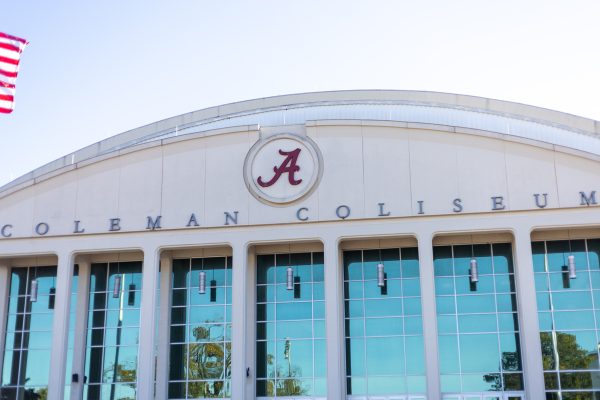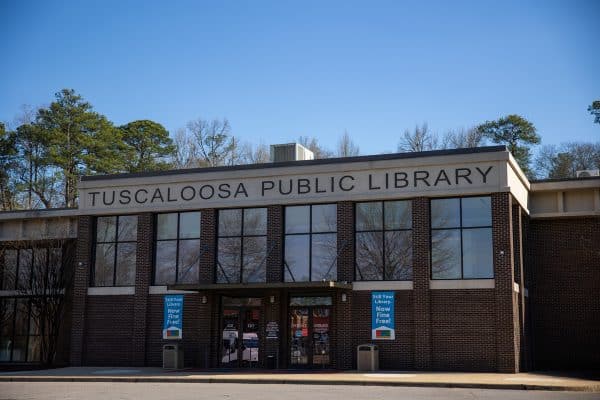Opinion | How the cost of higher ed will change under Biden
The Biden Administration has been reluctant to forgive student loans. Here’s why.
March 10, 2021
Americans have an incredible amount of student loan debt. As of March last year, student loans clocked in at around $1.5 trillion with the average American holding around $30,000 at the time they graduate. One in 10 Americans continue to hold debt into their 40s and 50s. It’s clear that student loans and the cost of higher education, which has doubled since the 1990s, are a problem for our generation.
As Gen Z begins to enter the workforce and the economy, our student loans will prevent us from purchasing homes, cars and other big-ticket items that make up “the American dream.” So, what has the new presidential administration promised to do about it? On their campaign website, Biden promised to make public colleges and universities tuition-free for families whose incomes fall under $125,000, increase federal aid in the form of Pell Grants so that more Americans can have more of their education covered and create more generous subsidized loans. But while the Biden administration has promised financial relief for students and graduates, there has been a lack of action from the administration.
Democratic leadership in the House and Senate called on the Biden Administration to relieve $50,000 of loans for Americans through executive action. However, Biden is reluctant to do so. While he is prepared to forgive $10,000 of loans in the COVID relief bill, he said he does not have the executive authority to forgive $50,000 of student loans. Moreover, the Biden administration is placing more emphasis on reducing the cost of education than actual loan forgiveness by encouraging students to attend a two-year community college, which is cheaper, and then transfer to a four-year university. While Democratic leadership and many students find this plan disappointing, Biden’s policies are correct.
The reason why the cost of education has skyrocketed is because student loan programs increase demand, which allows colleges and universities to ratchet up their tuition costs. Implementing vast levels of student loan forgiveness will, in all likelihood, exacerbate the problem in the long term even if it will help millions of Americans in the short term. Loan forgiveness can be disgruntling to some students who opted to attend a cheaper in-state, public university over an expensive, private university to save on costs, which is true for many students in Tuscaloosa. Justified or not, they would feel penalized for making the cost-effective decision to attend the University of Alabama.
While there is no simple solution to the cost of college and student loans, it’s clear that Americans and students need relief now. But it would be in the best interest for present and future college students to find solutions that provide long-term benefits, namely solutions that limit the cost of college.
Siby Suriyan is a freshman majoring in computer engineering. His column runs regularly.










